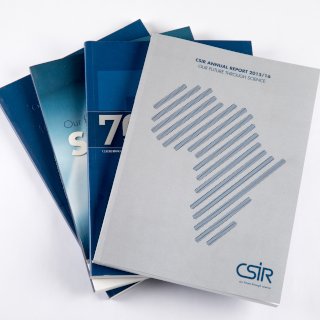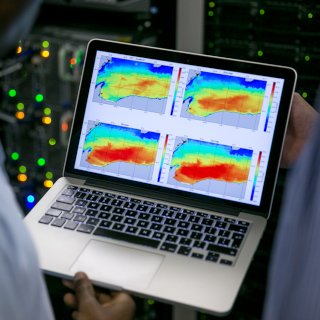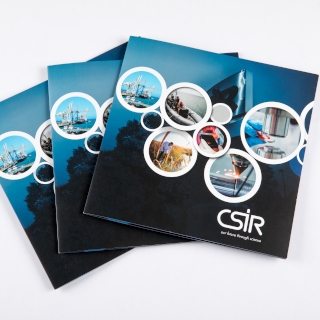Communities in ResearchSpace
Welcome to ResearchSpace, the institutional repository of the CSIR. ResearchSpace is an open access electronic archive collecting, preserving and distributing scholarly digital materials created by the CSIR.
Most Viewed Items
Views
27012
20359
19010
18130
17829
17162
16502
14449
11994
11526
Most Downloaded Items
Downloads
68169
59127
58364
52359
46714
41066
36131
35732
32774
29965



